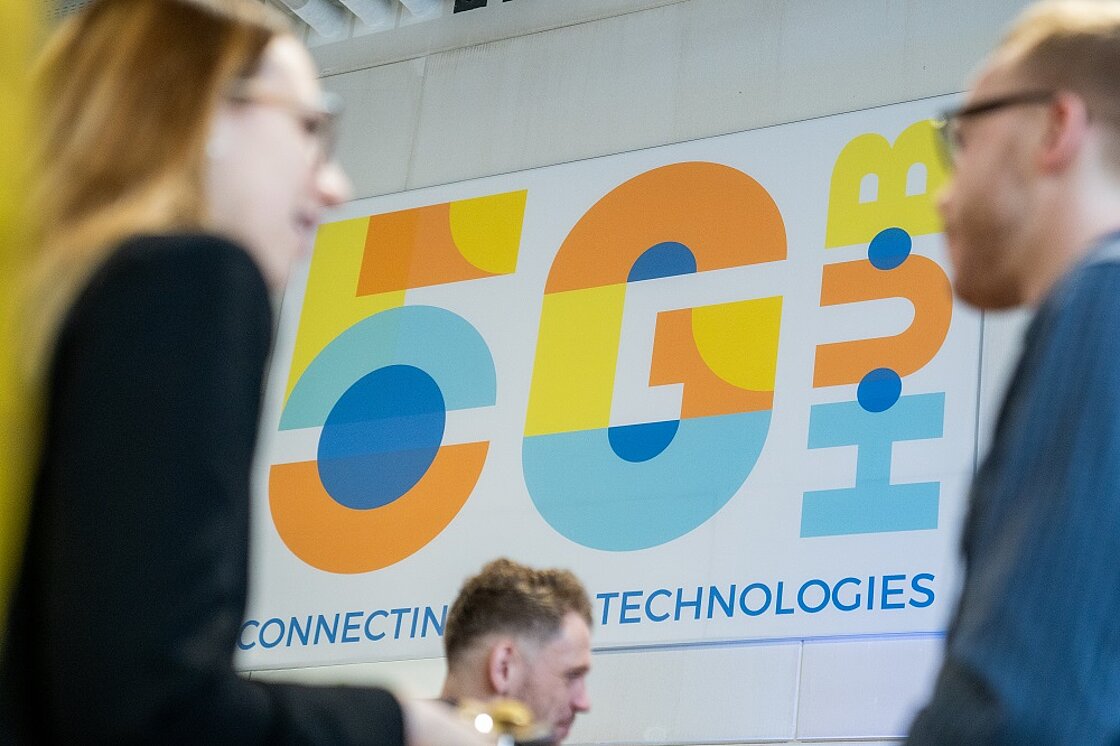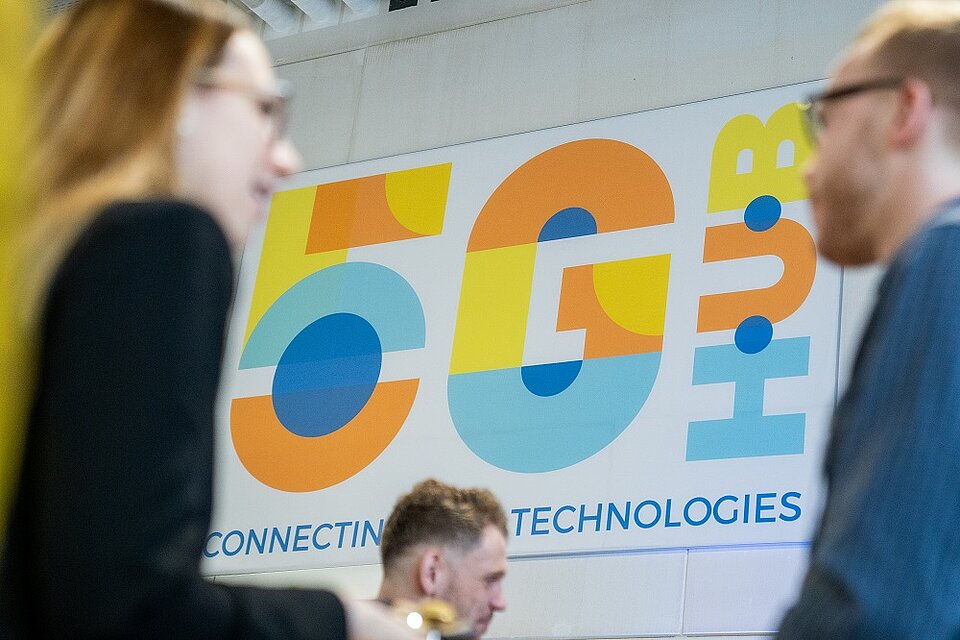5G Hub has Dutch first: EFFECT Photonics and Vodafone start testing optical SoCs in 5G mobile network

Vodafone first telecom provider in the Netherlands to test this technology on mobile network.
Earlier this week, during a visit by NLdigital, the industry association of the digital sector, the 5G Hub in Eindhoven announced a first in the Netherlands: EFFECT Photonics and Vodafone have started testing the integration of so-called optical SoCs in the mobile network. This optical ‘System-on-Chip’ technology is expected to offer internet providers and users many advantages in the future. This includes less delay, higher capacity, but also improved network sustainability. These chips reduce the need for hardware and will significantly reduce both energy consumption and maintenance costs. Vodafone is the first telecom provider in the Netherlands to test this technology in the current network.
“Photonics plays a key role in the sustainable digital future of the Netherlands. I am proud that as a sector we are at the forefront of the development and application of this new technology”, says Lotte de Bruijn, Managing Director at NLdigital.
Photonics: the heart of the internet of the future
In almost all current electronic networks, electrons do the work – electrical signals bring data from A to B. In this type of electronic hardware, there are often system-on-chips (SoCs): entire computer systems on a single chip. For example, the heart of a smartphone also contains such a SoC. The technology behind “normal” chips, although further developed over the years, is already more than 30 years old. A trend that will grow exponentially in the coming years is a greater need for more network capacity and less delay. In order to meet this, the relatively new optical SoCs are a possible solution: these chips transmit and process data based on light signals via laser. This improves the performance of the mobile network while requiring less energy.
“The first results of the tests are positive,” said Boudewijn Docter, President at EFFECT Photonics. “A working link has been established in the lab with all filters and other components that are also present in a real connection. The next step is testing in the field. This is an important step to show that the EFFECT Photonics SoC technology, for minimal investment, can help to upgrade the capacity of the existing networks. And it is also this SoC technology that has been created in collaboration with our eco-system partners PhotonDelta and Brainport. It is great to see that this technology is now actually used in the Netherlands and that it is also a first for our home base Eindhoven.”
“The Netherlands has strong networks, the best in Europe, and we would like to keep it that way. That is why we are constantly innovating to improve our network, including this implementation of the photonic chip technology in the network of the 5G Hub,” says Bram Tijdhof, Director Regulatory, Policy and Public Affairs at VodafoneZiggo. “Photonics is one of the key technologies in the Netherlands and also of Dutch origin. We should be proud of that. The collaboration with the photonics cluster on the High Tech Campus with the 5G Hub makes this first extra special.”
5G Hub: a hotbed of innovation
The 5G Hub is a collaboration with Brainport Development, Ericsson, High Tech Campus and Vodafone to drive results around certain social challenges. It is intended as a breeding ground for new 5G technology. The space on the High Tech Campus has more than 700m2 and is close to tech giants such as ASML, Philips, TNO and TomTom. The expectation is that in the coming years numerous new ideas and applications will emerge from here in the field of 5G and other technologies, such as photonics, blockchain and machine learning. To further enable this, radio technology has been installed in the Hub to be able to it to apply 5G. It is suitable for the 3.5 gigahertz test frequency and offers very high speed and ultra-short response times. For maximum capacity, this can be combined with existing 4G frequency bands 800, 1800, 2100 and 2600 megahertz which are also available in the Hub. This allows companies to take their 5G innovations from idea and research, to real life results.
Read here more about the Role of Integrated Photonics for Future 5G Networks.

